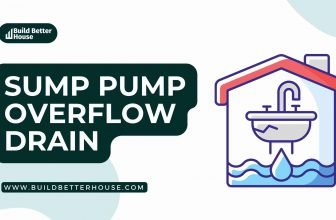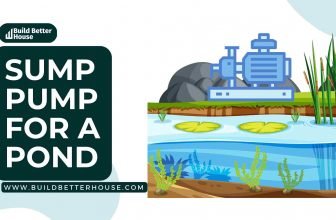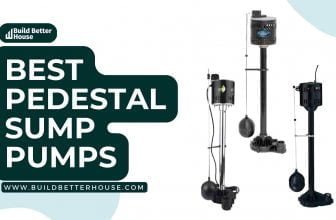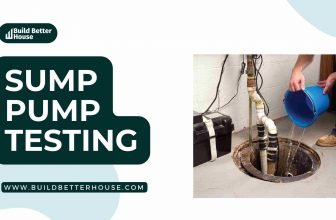How To Test Your Radon Sump Pump: 5 Easy Steps

Radon is a radioactive gas that appears naturally in the environment, and exposure to it can harm your health. Installing a radon sump pump system in your home is one way to protect yourself from radon exposure. However, just like other mechanical systems, your radon sump pump needs to test to ensure it functions properly. In this DIY guide, I will explain how to test your radon sump pump in 5 easy steps.
What are Radon Sump Pumps?
Radon sump pumps are prefabricated plastic containers installed in homes or buildings to reduce the levels of radon gas. A radon sump pump creates a vacuum under the foundation of the house or building, preventing radon gas from entering the living space.

The sump pump is typically where radon gas is most likely to accumulate. The pump removes radon gas from the soil and releases it outside the home or building, where it can safely dissipate.
The effectiveness of a radon sump pump depends on factors, including the level of radon in the soil, the size and location of the sump pump, and the overall ventilation of the home or building.
How To Test The Radon Sump Pump System?
There are numerous methods for testing a pitcher pump with a radon system, and we’ll go through the most common and simplest one here:
Identify Wires
The first and most important approach to test your passive radon system sump pump is to trace both of your hand pump’s electrical wires. The hydraulic pump’s cord plugs race back into the floating cord plug.
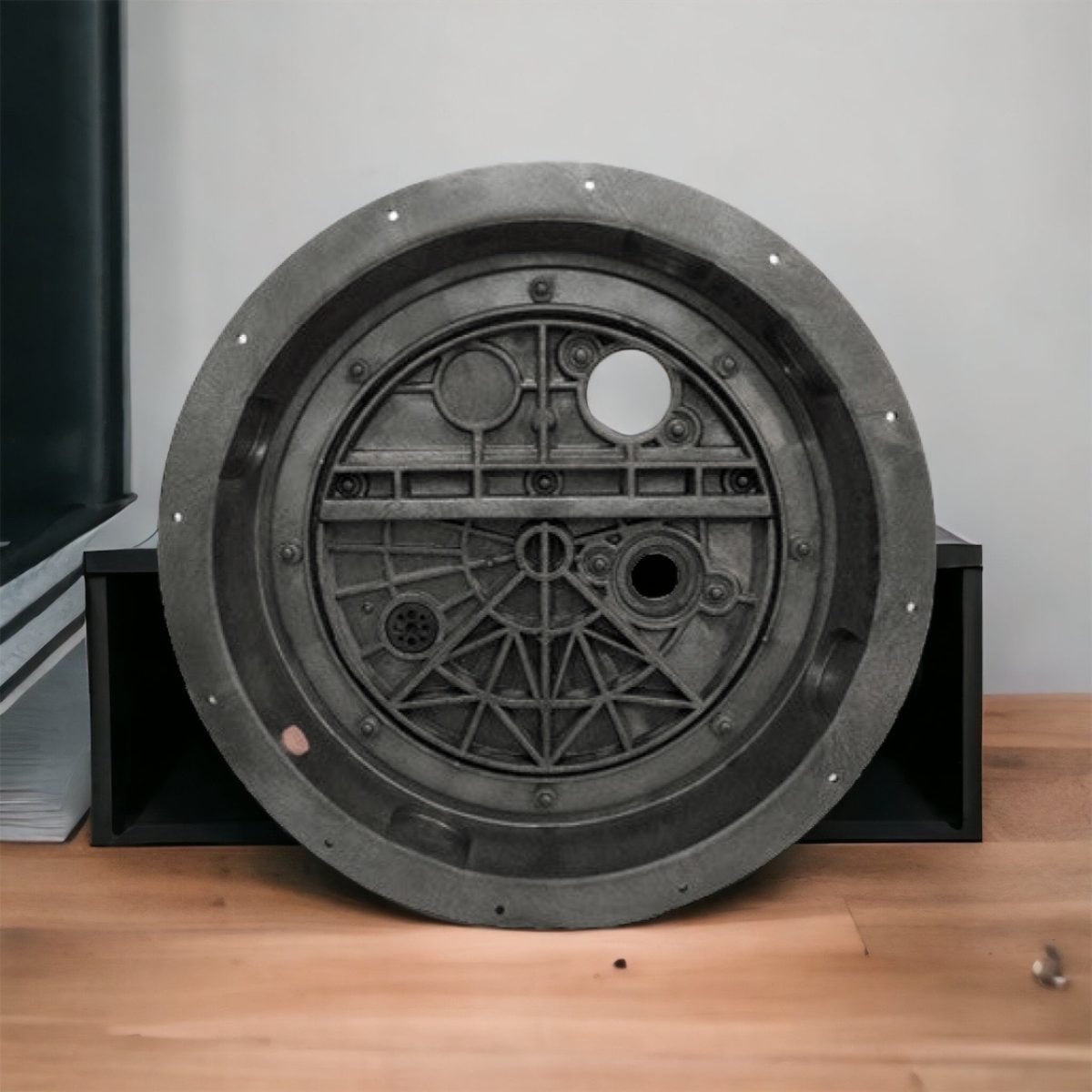
As a result, both cables should be unplugged automatically, with only the rope pump cord inserted into the outlet.
Clean the Pump
Any debris or dirt that has gotten inside the centrifugal pump must remove immediately to ensure that the pump does not clog in any situation.
The radon sump pump is generally placed in a crawlspace or basement near the foundation walls of a structure. Radon mitigation without a sump pump is not an option for any house or foundation.
Check Pipe
You must identify the outflow pipe. When you locate the exit pipe, you will observe that it is emptying water from your sump pump outside your home.

As a result, you should inspect it as soon as possible to ensure it is not clogged with debris or dirt. You must check that the pipe is directing water away from the foundation of your property.
Connect Cords
Your pump is fine if you hear humming when you switch on the water pump. This means that both cords must connect in the same manner as before (first the float cord, then the float plug into the pump cord at the back).
The price of the radon sump pump mitigation system is average; it is neither too high nor too low.
Testing Single Cord
Since not all electro pumps have two wires, the technique will differ from testing single-corded impulse pumps. They are as follows:
1. Check Float
Pour roughly twenty liters of water into the pit of your pitcher. Continue to pump until a float appears; as the float rises, your rope pump should start working.
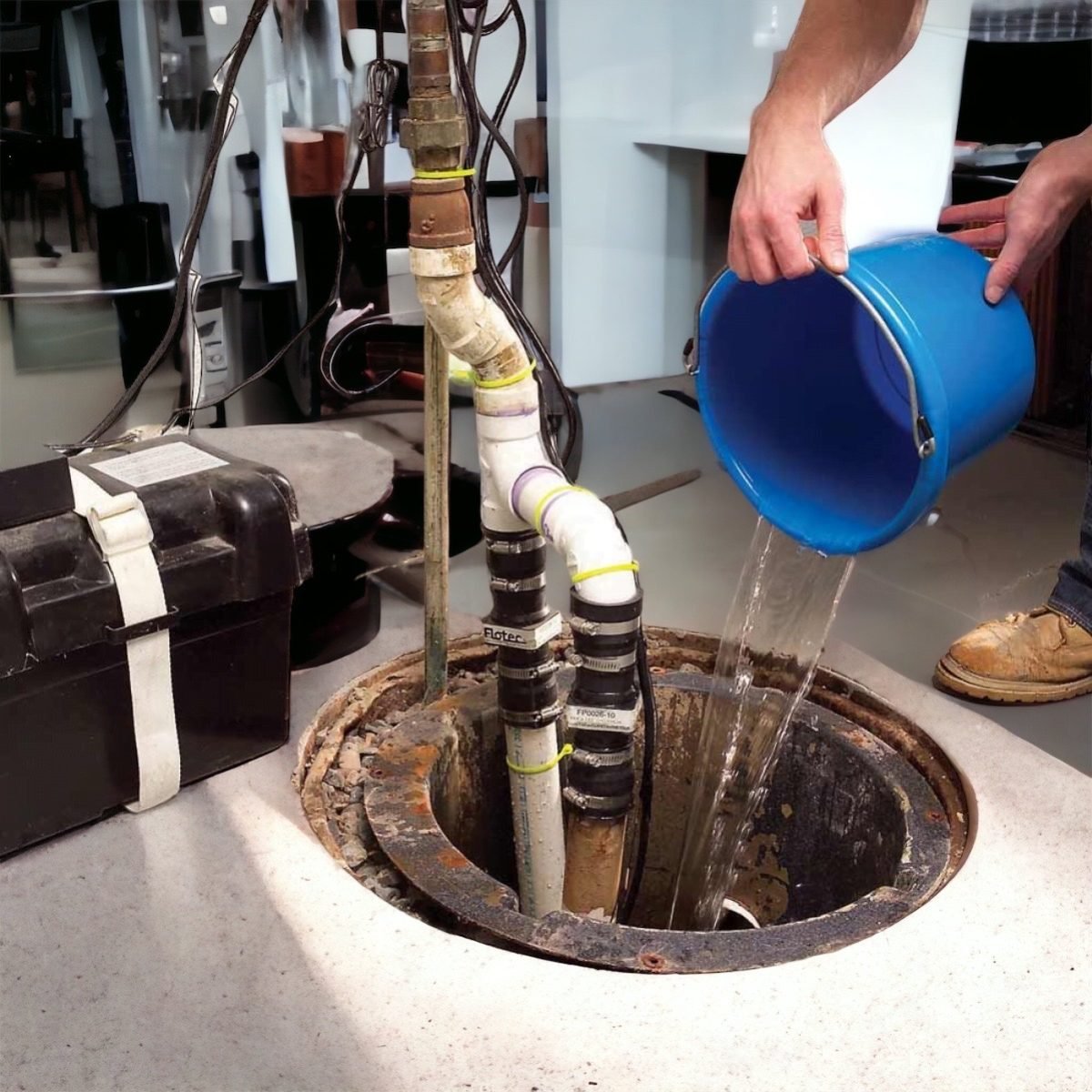
Once it is on, water will begin to pump out, and once all the water drains, it should shut off automatically. To ensure your system is working, you must perform this test again.
2. Check the Pump
If pumping that much water into your centrifugal pump is impossible, you must lift the float and monitor to check whether the pump turns on. On the other hand, the hand pump should run for at most 20-30 seconds. Otherwise, the engine will ruin.
These are a few options from which you can select the one that best meets your needs.
Why is Testing Your Radon Sump Pump Important?
Each year, radon causes over 21,000 deaths in the US, making it the second most common cause of lung cancer after smoking.
Testing your radon sump pump is essential in ensuring it works correctly and keeping your home safe from radon gas. If the sump pump is not working correctly, water can accumulate in the sump pit, leading to mold and mildew, which can compromise the air quality in your home.
Additionally, radon levels in your home can increase if the sump pump is not functioning correctly. Radon exposure can cause various health issues, and keeping the levels as low as possible is essential to protect your family’s health.
Radon Gas Prevention
Since of your health, preventing the radon gas from entering your home through your sump pump installation is critical. If your basement is not radon proofed, the radon gas produced by the sump pump installation can leak through it.
Once radon has entered your home, many terrible health issues will plague you. The key to reducing radon is maintaining an active drainage system and doing frequent tests.
Best Basement Waterproofing Systems
The easiest way to keep radon out of your home is to seal any cracks and install a radon reduction system with a monitor to check the current radon level. The best mitigation and removal systems to connect to the basement drain tile system are radon sump pump covers and radon sump pump crock systems.
1. Radon Sump Pump Cover
A radon sump pump cover is necessary to put over your basin and contain any soil gases that seep into the pit. The sump lid should be airtight to hold a high radon level until you find a radon mitigation professional to remedy the problem.
The Original Radon/Sump Dome is the ideal cover. This cover is suitable for passive mitigation and has a hole in the center for a radon pipe and discharge pipe, eliminating the need to drill your own.
2. Radon Sump Pump Removal Fan
I recommend the RadonAway RP145c as the best radon sump pump removal fan. This fan has a water-hardened impeller and runs almost silently, so you’ll never know it’s on.

The fan is seam-sealed to prevent radon leakage, and the motor is thermally sealed to ensure it continues running even after extended use.
This fan is simple to install, and most individuals can do so with tools from their garage. One of the main reasons we preferred this model over others is that it is the fan that plumbers use to remove radon from their homes – so you know it works!
3. Radon Sump Pump-Rated Crock
Since radon enters your home through the earth, an airtight basin or crock is the best way to keep it out. A decent sump basin should be deep enough to accommodate your sump pump and water level – and secure enough to fit inside the sump hole.
The Parts2O FPW73-19 is a top-rated crock. It is suitable for most basements and is reasonable in cost.
4. Radon Sump Pump Monitors
A radon sump pump fan can help keep this deadly gas from accumulating in your basement, and a monitor can alert you if you discover a radon gas buildup.
If you find a buildup of soil gas, I recommend installing a monitor and a radon vent pipe in every basement.
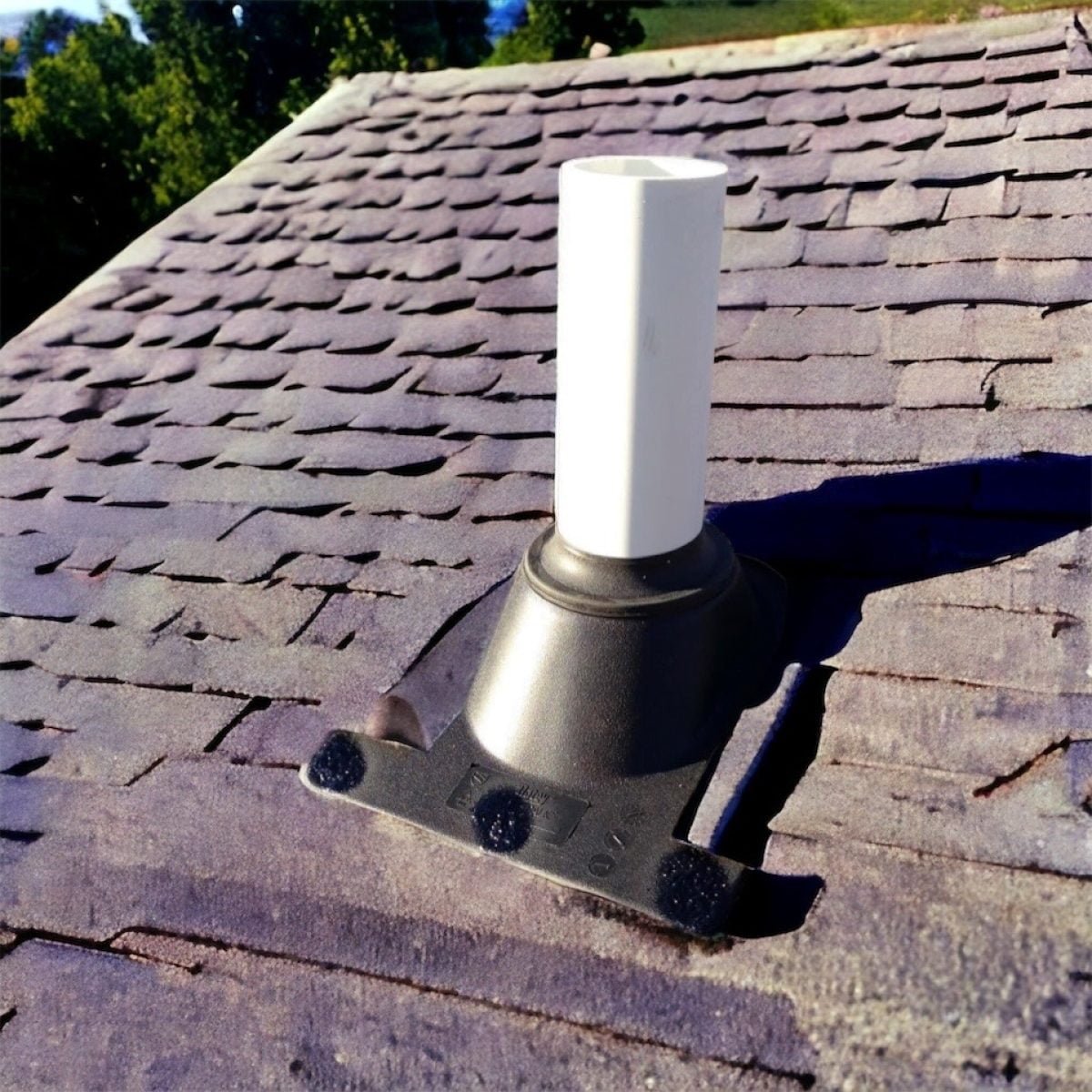
A robust solution for continuing radon sump pump tests is installing a radon sump pump monitor that connects to your local Wifi. When a high radon level is discovered in the basement or crawl space, an alarm will be sent immediately to your phone.
Tips to Maintain Your Radon Sump Pump
Maintaining your radon sump pump is essential in ensuring it works correctly and keeping your home safe from radon gas. Regular maintenance can help identify any potential issues before they become significant problems. Some maintenance tasks that you can perform include:
- Cleaning the sump pit regularly to remove any debris or sediment that may have accumulated at the bottom of the pit.
- Observing it during the testing process ensures that the float switch is functioning correctly.
- Check the discharge pipe to ensure it carries the water out of your home perfectly.
- Checking the power supply to the sump pump to ensure it functions correctly.
You should perform these maintenance tasks every 3-6 months to ensure your sump pump is functioning properly.
Summing up
You should check your home frequently since improvements to your home or shifting soil can change airflow through the house and raise radon levels. Standard Water can provide you with a free radon sump pump test kit and assist you in interpreting the results.
If you have increased radon levels in your home, installing a radon fan system is an excellent approach to address the issue. Radon fans function by sucking in air from your home and exhausting it outside.
FAQs:
1. What alternatives to radon sump pumps are there?
Radon sump pumps are an efficient technique to reduce indoor radon levels, although there may be better options in some cases. One such option is a positive pressure system.
2. Can a radon sump pump be used to reduce gas?
Yes, radon sump pumps lower radon gas levels in buildings by sucking air from radon gas entry locations and releasing it into the atmosphere. These are typically sealed, rotating extraction fan units positioned within or outside the building with a discharge point.
3. Which method will lower radon levels the most effectively?
The best method for lowering indoor radon levels is an active radon sump pump equipped with a fan. If the ground is covered in concrete or a membrane, sumps perform well beneath solid and suspended floors.
4. Are radon sump pump covers effective?
Yes, It is an effective way to eliminate odors from your sump basin. Also, radon sump pump covers prevent debris from falling into the sump pit and prevent discharge lines from becoming clogged.
Read more:
How To Fix Clogged Shower Drain? Complete Guide
Best Sump Pump For A Pond: How To Install + Benefits
Sewer Smell In The Basement? Why It’s Happening & How To Fix It
3 Best Pedestal Sump Pumps For Your Home
Sump Pump Overflow Drain: How To Install + Benefits



